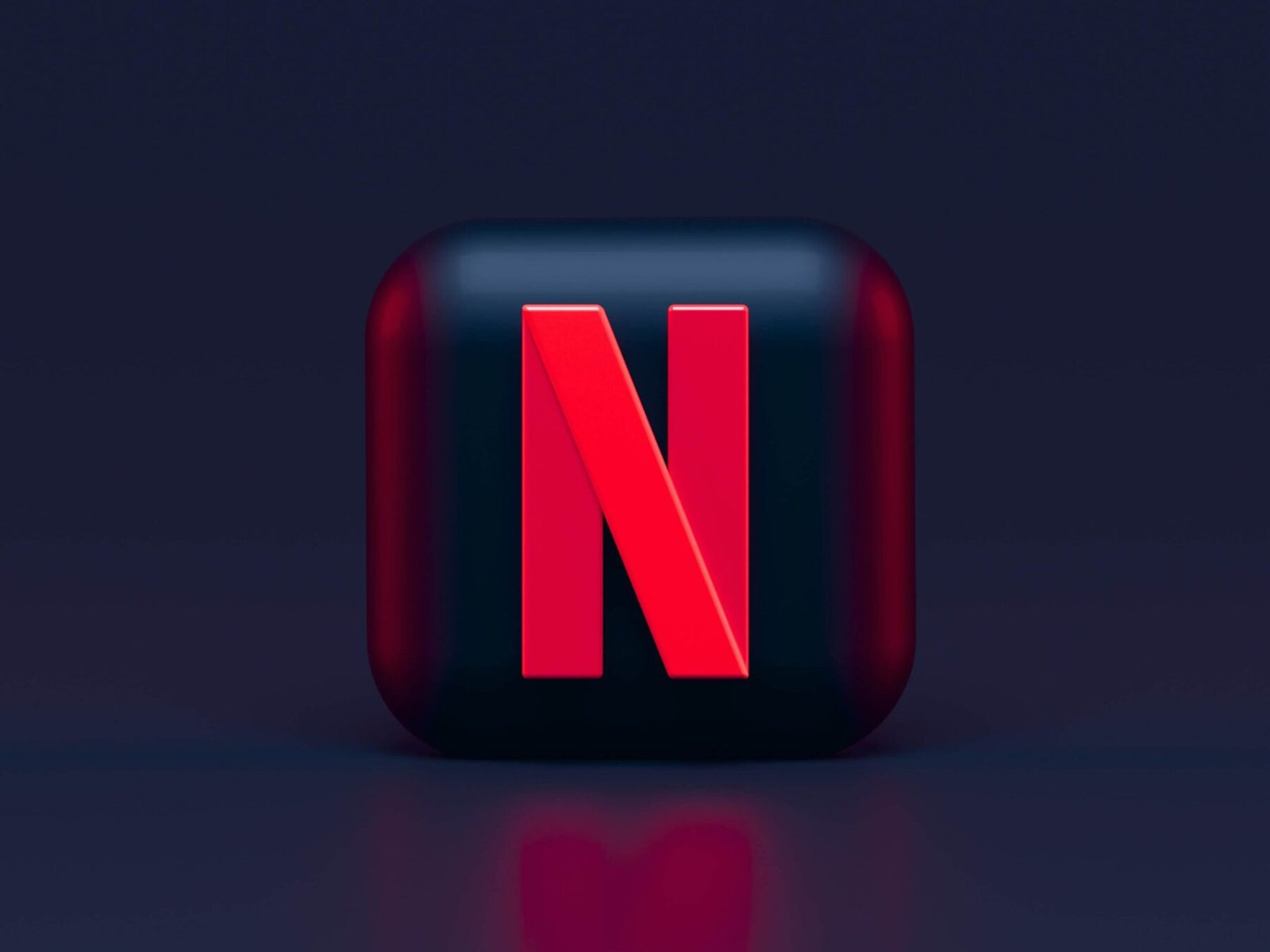Would You like a feature Interview?
All Interviews are 100% FREE of Charge
The rise of ChatGPT has been spectacular. Within two months of its launch, the number of unique users of his artificial intelligence (AI)-based application reached his 100 million. In January 2023 alone, ChatGPT recorded around 590 million visits.
In addition to AI, blockchain is another disruptive technology with increasing adoption. Since the Bitcoin (BTC) white paper was published in 2008, decentralized protocols, applications, and business models have matured and captured the attention of the market. clock.
There is a lot of hype around AI, but there is a lot going on behind the scenes to create a robust data infrastructure to enable meaningful AI. Low-quality data stored and shared inefficiently leads to poor insight from the intelligence layer. As a result, it is important to look at the data value chain holistically and determine what needs to be done to obtain high-quality data and AI applications using blockchain.
A key question is how Web3 technology can leverage artificial intelligence in areas such as data storage, data transfer and data intelligence. Each of these data functions has the potential to benefit from decentralized technology, and companies are focused on delivering them.
data storage
It helps you understand why distributed data storage is an essential building block for the future of distributed AI. As blockchain projects grow, all vectors of centralization can come to haunt them. Centralized blockchain projects may face governance breakdowns, regulatory crackdowns, or infrastructure problems.
For example, the Ethereum network “Merge”, which moved its chain from Proof of Work to Proof of Stake in September 2022, could have added a vector of centralization to its chain. Some argue that the network has become more centralized by major platforms and exchanges such as Lido and Coinbase, which hold large shares of the Ethereum staking market.
Another vector of Ethereum’s centralization is its reliance on Amazon Web Services (AWS) cloud storage. Therefore, storage and processing power for blockchain projects should be decentralized over time to reduce the risk of a single, centralized point of failure. This provides an opportunity for decentralized storage solutions to contribute to the ecosystem, providing scalability and stability.
But how does distributed storage work?
The principle is to use multiple servers and computers around the world to store your documents. Simply put, documents can be split, encrypted and stored on different servers. Only the document owner owns the private key to retrieve the data. At search time, the algorithm pulls these individual parts to present the document to the user.
Recently: Tokenized Mortgage Could Prevent Another Housing Bubble Crisis, Casper Executive Says
From a security perspective, private keys are the first layer of protection and distributed storage is the second. If one node or server on the network is hacked, only part of the encrypted data files can be accessed.
Major projects within the decentralized storage space include Filecoin, Arweave, Crust, Sia, and StorJ.
However, distributed storage is still in its early stages. Facebook generates 4 petabytes (4,096 terabytes) of data every day, but Arweave only processes about 122 TB of data in total. It costs about $10 to store 1 TB of data on AWS, while Arweave costs about $1,350 at launch.
Arguably, decentralized storage still has a long way to go, but quality data storage can boost AI in real-world use cases.
data transfer
Data transfer is the next important use case of the data stack that can benefit from decentralization. Data transfer using a centralized application programming interface (API) can still enable AI applications. However, adding a vector of centralizations to any point in the data stack reduces its effectiveness.
Once decentralized, the next item in the data value chain is the transfer and sharing of data, primarily by oracles.
Oracles are the entities that connect blockchains to external data sources, allowing smart contracts to connect to real-world data to make transactional decisions.
However, Oracle is one of the most vulnerable parts of the data architecture and hackers have extensively and successfully targeted it over the years. In a recent example, an Oracle hack cost the Bonq protocol his $120 million loss.
In addition to smart contracts and cross-chain bridge hacking, oracle vulnerabilities are an easy achievement for cybercriminals. This is primarily due to the lack of decentralized data transfer infrastructure and protocols.
Distributed Oracle Network (DON) is a potential solution for secure data transfer. DON has multiple nodes that provide high quality data and establish end-to-end decentralization.
Oracles are widely used in the blockchain industry, and different types of oracles contribute data transfer mechanisms.

There are input, output, cross-chain, and compute-enabled oracles. Each of them has a purpose in the data landscape.
Input oracles transfer and validate data from off-chain data sources to the blockchain for use in smart contracts. Output oracles allow smart contracts to perform off-chain activities on data and trigger specific actions. Cross-chain oracles transmit data between two blockchains as they become more interoperable. This could become fundamental as blockchain interoperability improves. Compute-enabled oracles, on the other hand, use off-chain computing to provide decentralized services.
Chainlink is a pioneer in developing oracle technology for blockchain data transfer, but protocols like Nest and Band also offer distributed oracles. Apart from pure blockchain-based protocols, platforms such as Chain API and CryptoAPI provide APIs for DON to securely consume off-chain data.
data intelligence
The data intelligence layer is where all infrastructure efforts to store, share, and process data come to fruition. Blockchain-based applications that use AI can also retrieve data from traditional APIs. However, this adds some centralization and may affect the robustness of the final solution.
However, some applications leverage the machine learning and artificial intelligence of cryptocurrencies and blockchain.
trading and investing
For several years, machine learning and artificial intelligence have been used within fintech to provide robo-advisor functionality to investors. Web3 is inspired by these applications of AI. The platform collects data on market prices, macroeconomic data, and alternative data such as social media to generate user-specific insights.
Users typically set expectations for risk and return, and recommendations from AI platforms fall within these parameters. The data required to provide these insights is fed by an AI platform using Oracle.
Bitcoin Loophole and Numerai are examples of this AI use case. Bitcoin Loophole is a trading application that uses artificial intelligence to provide trading signals to platform users. It claims to have a success rate of over 85% in doing so.
Numerai claims to be on a mission to build “the world’s last hedge fund” using blockchain and AI. Use AI to collect data from various sources and manage your investment portfolio like a hedge fund.
AI Marketplace
Decentralized AI marketplaces thrive on network effects between developers building AI solutions on one end and the users and organizations using those solutions on the other. Due to the decentralized nature of the application, most commercial relationships and transactions between these stakeholders are automated using smart contracts.
Developers can configure pricing strategies through inputs to smart contracts. Payment to use the solution can be per data transaction, per data insight, or just a fixed retention fee for the duration of use. There may also be a hybrid approach to pricing plans where usage is tracked on-chain when AI solutions are used. On-chain activity triggers smart contract-based payments for using the solution.
SingularityNET and Fetch.ai are two examples of such applications. SingularityNET is a decentralized marketplace for AI tools. Developers create and publish solutions that can be consumed by organizations and other platform participants through APIs.
Similarly, Fetch.ai offers a distributed machine learning solution to build modular and reusable solutions. Agents build peer-to-peer solutions on top of this infrastructure. The economic layer of the entire data platform is on the blockchain, enabling usage tracking and smart contract transaction management.
NFTs and Metaverse Intelligence
Another promising use case concerns non-fungible tokens (NFTs) and the metaverse. Since 2021, many Web3 users using NFTs as their Twitter profile pictures have seen NFTs as their social identity. Organizations like Yuga Labs have gone a step further, allowing users to log into their Metaverse experience using their Bored Ape Yacht Club NFT avatar.
As the story of the Metaverse grows, so too will the use of NFTs as digital avatars. But today’s digital avatars in the metaverse are not intelligent, nor do they resemble the personalities that users expect. This is where AI brings added value. Intelligent NFTs are developed to allow NFT avatars to learn from their users.
Recently: College students unveil new Web3 solutions at ETHDenver 2023
Matrix AI and Althea AI are two companies developing AI tools that bring intelligence to Metaverse avatars. Matrix AI aims to create “Avatar Intelligence”, or AvI. Its technology allows users to create metaverse avatars that are as close to themselves as possible.
Althea AI We are building a decentralized protocol to create intelligent NFTs (iNFTs). These NFTs can learn to respond to simple user cues through machine learning. iNFT becomes an avatar in a metaverse named “Noah’s Ark”. Developers can use the iNFT protocol to create, train, and monetize iNFTs.
Some of these AI projects have seen token prices rise with the rise of ChatGPT. Still, user adoption is the true litmus test and only then can we be confident that these platforms can solve real problems for users. , green shoots emerge and look promising.

































